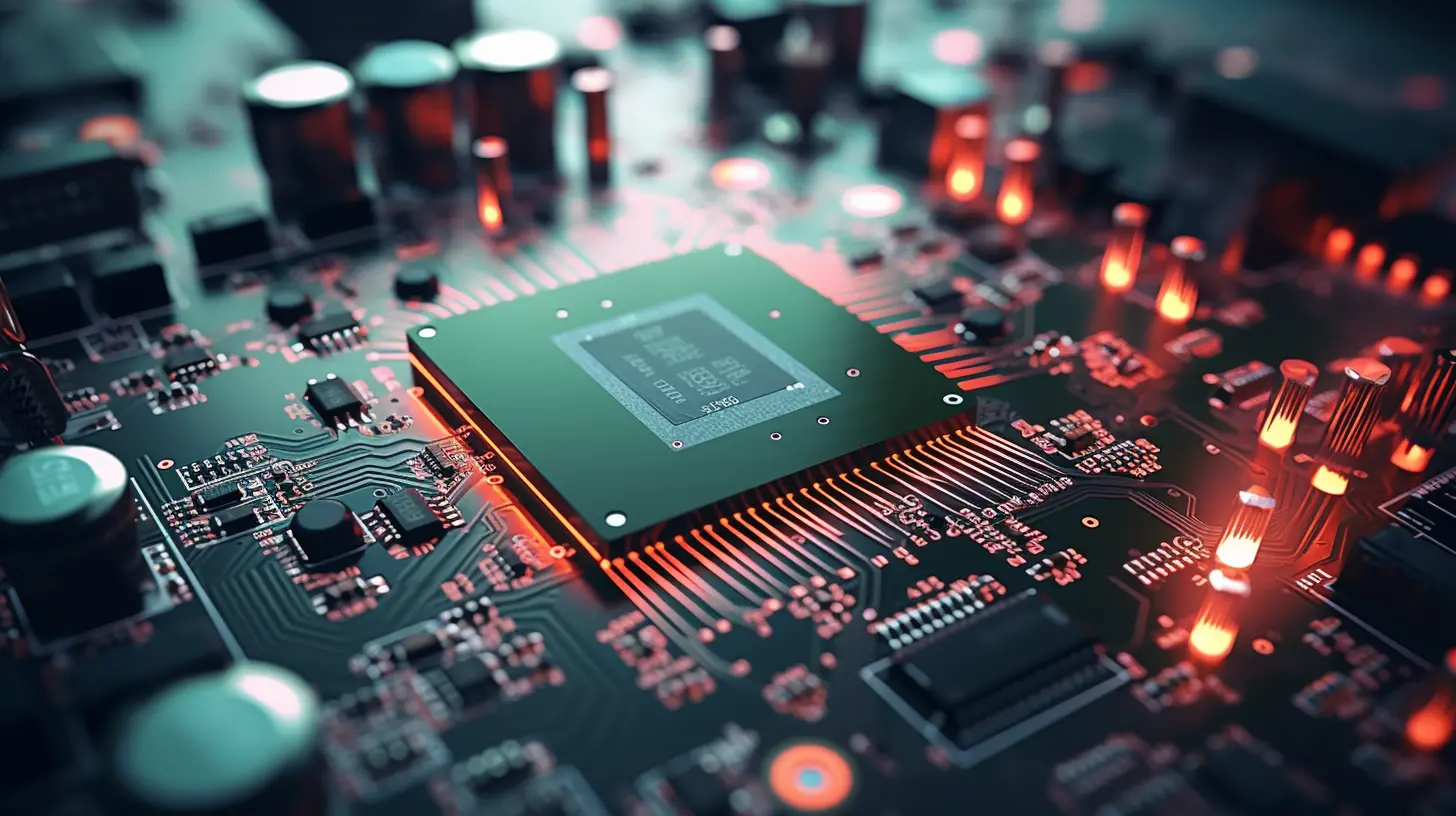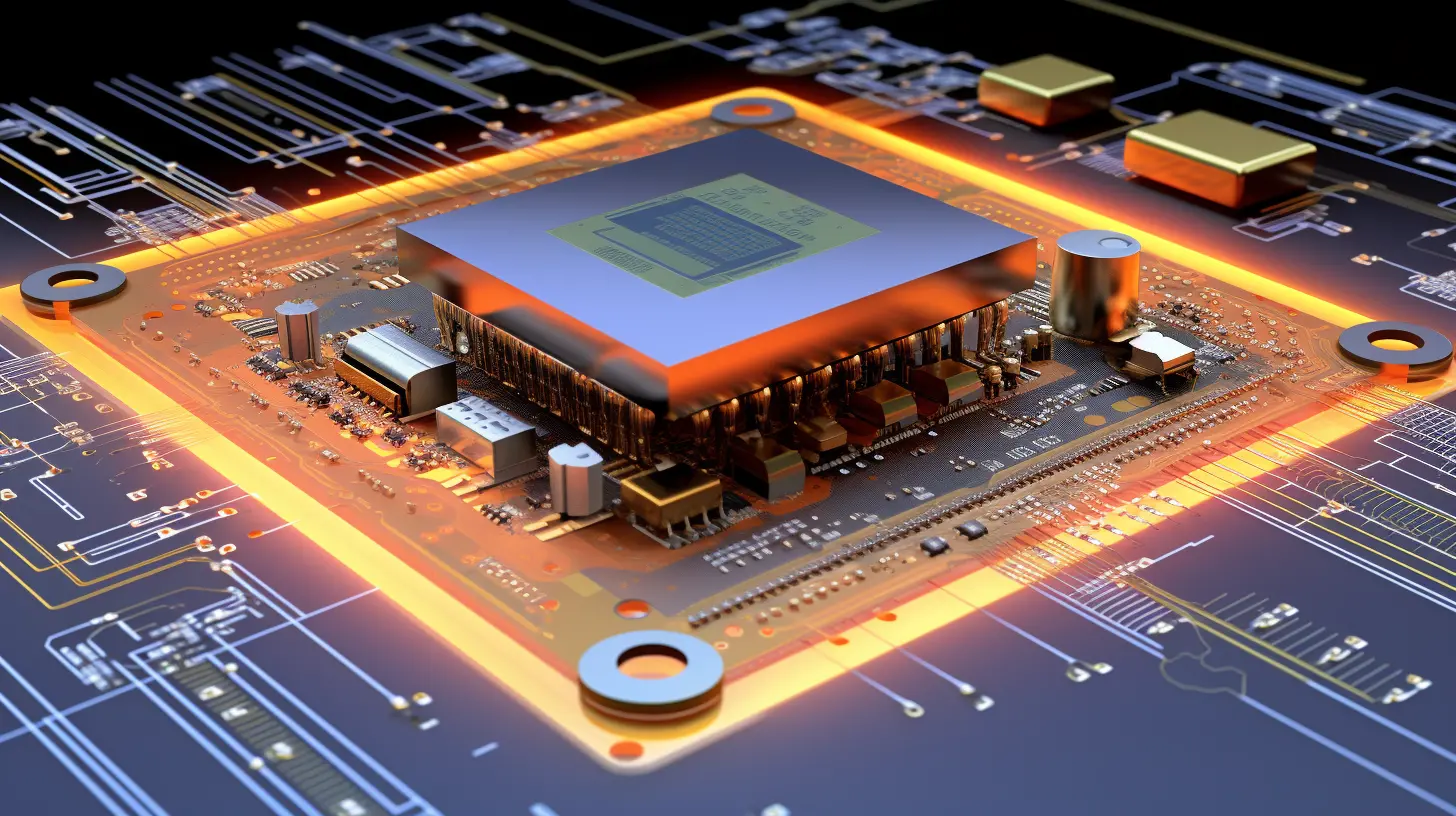High-frequency printed circuit boards (PCBs) play a vital role in modern electronics, enabling faster communication and enhanced performance. However, understanding the cost factors associated with high-frequency PCBs is crucial for businesses looking to optimize their production processes and budgets. In this article, we delve into the various elements that influence the cost of high-frequency PCBs, including material selection, manufacturing processes, and design considerations.
The materials used in high-frequency PCBs are one of the most significant factors affecting their cost. Materials such as PTFE (Teflon) and other low-loss dielectric substrates provide superior performance at high frequencies, but they often come at a premium price. Additionally, the choice of copper thickness, surface finish, and other material properties can further impact costs. Businesses must carefully evaluate their material needs based on the specific performance requirements of their applications, weighing the trade-offs between cost and performance.

The complexity of the manufacturing process also contributes to the overall expense of high-frequency PCBs. Advanced manufacturing techniques, such as high-precision drilling, laser cutting, and specialized layering processes, increase production costs. Furthermore, the need for rigorous quality control and testing to ensure signal integrity and reliability can add to the final price. Companies must consider these factors and choose manufacturing methods that align with both their budget and operational requirements.
Effective PCB design is critical to controlling costs. Design features such as trace width, spacing, and layout can significantly influence production efficiencies and material usage. Designers must balance performance optimizations with cost implications, ensuring that the design adheres to both the technical specifications and budget constraints. Collaboration between design and manufacturing teams is essential to identify potential cost-saving opportunities during the PCB development phase.

In summary, understanding the cost factors associated with high-frequency PCBs is essential for businesses in the electronics industry. By considering material selection, manufacturing processes, and design considerations, companies can make informed decisions that optimize both performance and cost. Staying abreast of advancements in material technology and manufacturing techniques will also provide a competitive advantage in this fast-paced industry.

